This article was originally published on August 14th, 2021.
Last night I went blue crabbing with My Fishing Cape Cod member John D. Silva. John has been involved with My Fishing Cape Cod since I started the website back in 2011.
You might recognize John from the articles and forum posts he's contributed here on the site. John and his wife Michelle were also part of a group fishing trip we made to Costa Rica!
Blue crabbing in Massachusetts has been a past-time of John's for the past twenty years, and he was very generous in sharing many of his blue crab fishing secrets with me.
If you're interested in learning how catch blue crabs, then be sure to read on. The following information is for you!
More...
In the rest of this blog post we'll cover:
John showed me all the little details to successful blue crabbing and I have a lot to share!
Therefore I will be updating this post with more content over the coming days and weeks.
The Blue Crab Season
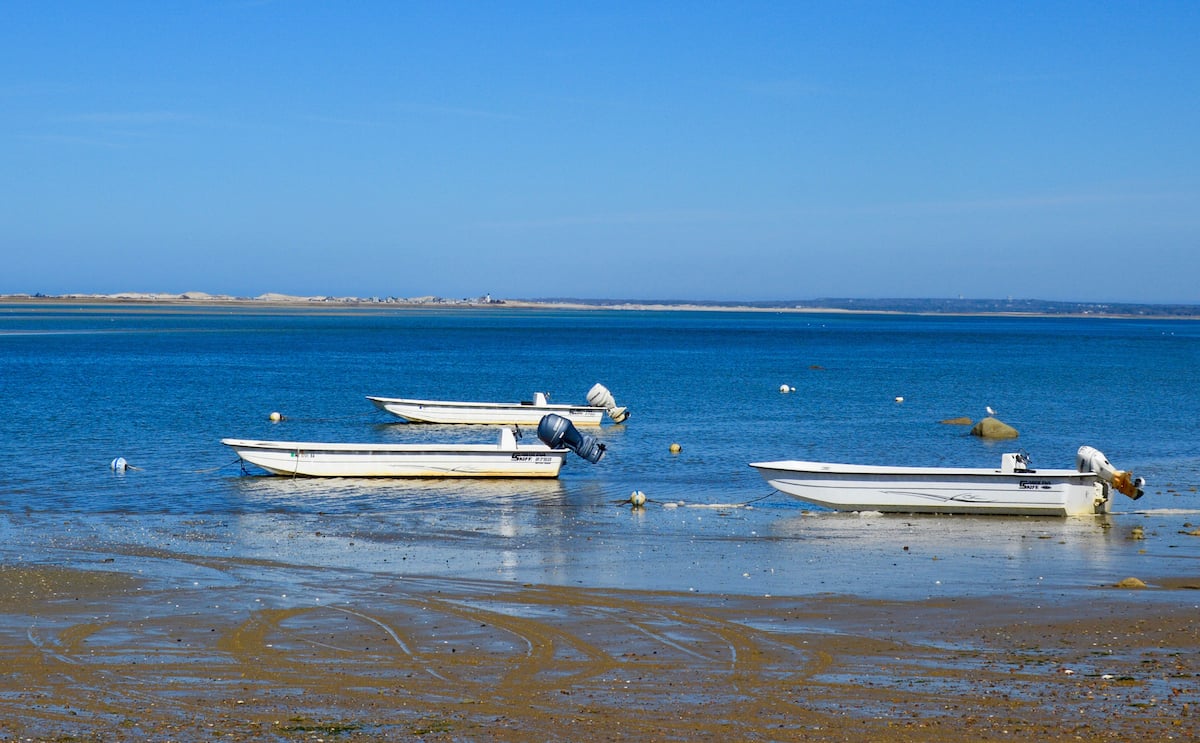
Going after blue crabs is a great summertime activity. For John, going blue crabbing was part of raising his son, and John stressed how great of an activity it can be for kids.
According to this source, adult blue crabs typically migrate inshore to bays and upper estuaries in the summer months, and out to more saline coastal waters in the winter. Blue crabs can live up to about 3 years in age.
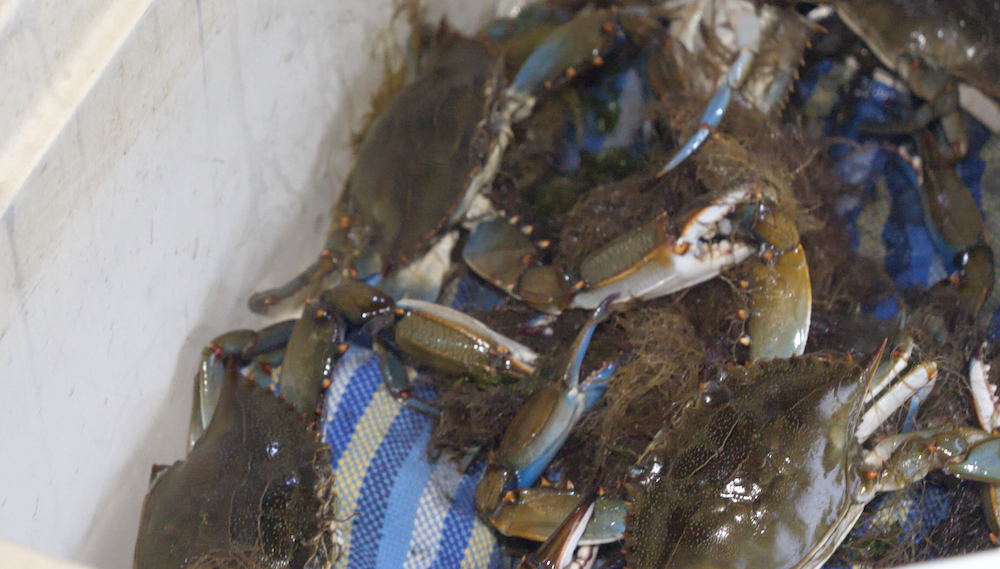
In some areas blue crabs are actually referred to as blue swimmer crabs, because of their spectacular swimming ability.
During the summer they infiltrate brackish waters in many of the estuaries around Cape Cod, Buzzard's Bay, and the South Coast. The largest blue crabs will often be hiding among rocks and weeds in shallow water along the shoreline.
If you Google "blue crab fishing near me" you will discover that blue crab season is enjoyed not just on Cape Cod and in Massachusetts, but all along the eastern seaboard of the United States. In fact, according to Wikipedia, blue crabs can be caught "from Cape Cod to Argentina, and inside the Gulf of Mexico".
Blue Crabbing in Massachusetts and Cape Cod
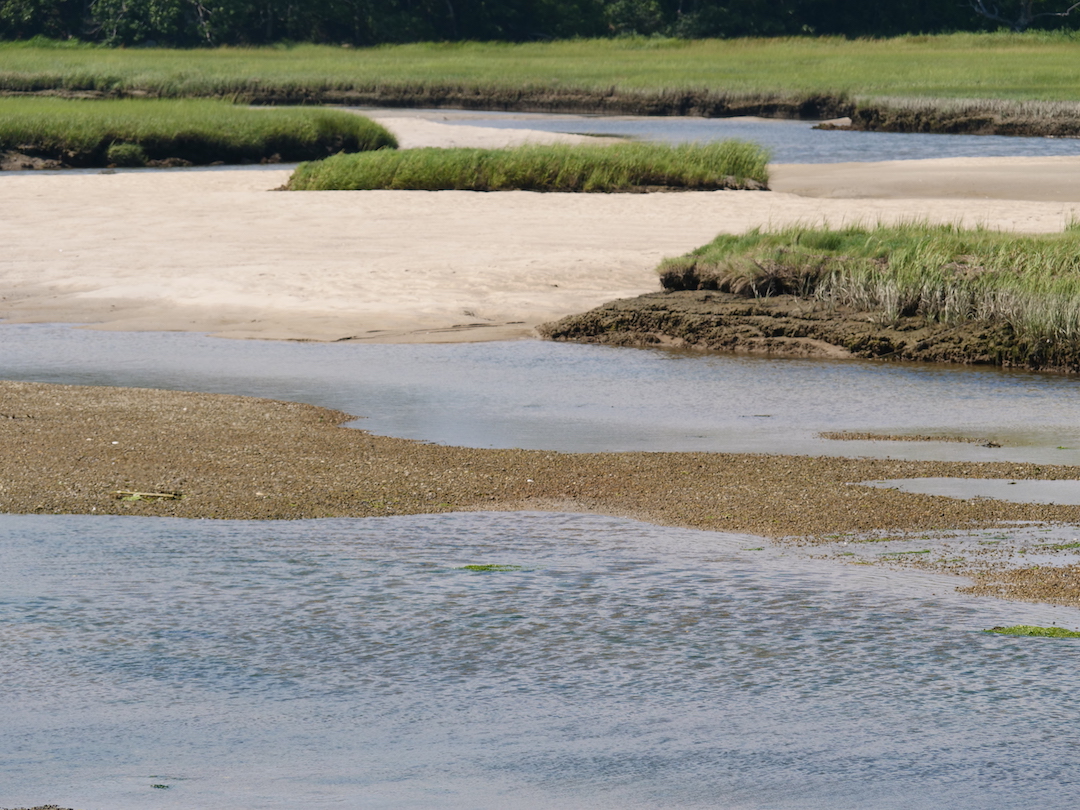
The trick to successfully catching blue crabs is to locate a productive blue crab spot. The best blue crabbing on Cape Cod and in Massachusetts will be in estuaries, coves, and back bays.
The blue crab spot that John showed me last night was up inside an estuary, in knee deep to waist deep water, around rocks, weeds and mud. The spot was alive with baby dogfish, eels, needlefish, and a variety of different minnows and small fish.
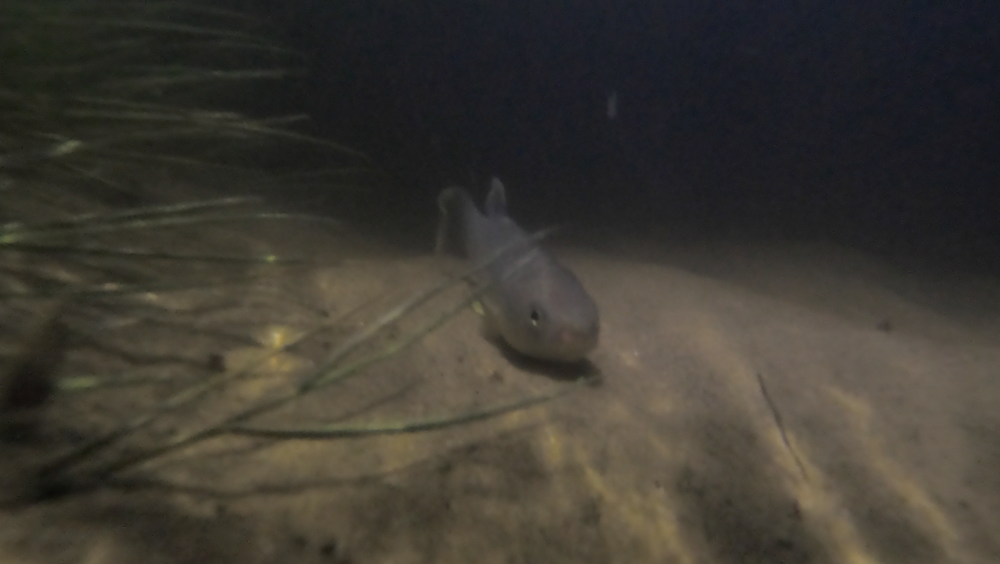
It is very possible to catch blue crabs during the daytime, however for best success John prefers going at night. Each blue crab spot is different, with some fishing better at different stages of the tide.
Last night we fished for blue crabs during low tide and it was very productive. However, some blue crab spots will fish better at high tide, when the water is right up to the shoreline.
The Best Ways To Catch
Blue Crabs
According to John, Massachusetts blue crabs can be caught using a variety of different methods and techniques. Perfecting your technique will help you catch the biggest blue crabs.
Your chosen blue crab technique will probably depend most upon the people you are going blue crabbing with, and your chosen blue crab spot.

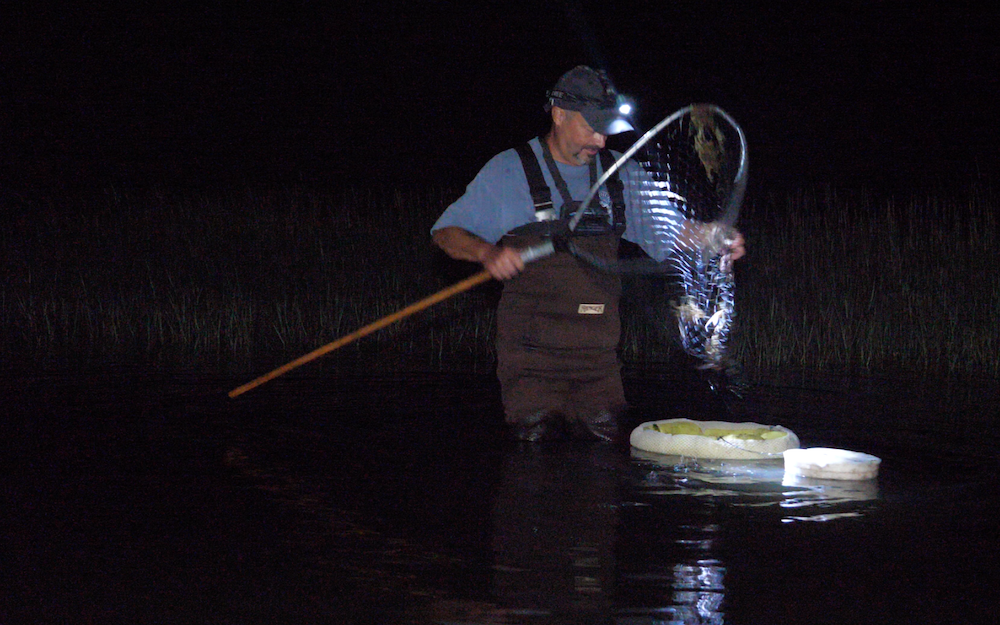

How cool is that ,right now I live in Sussex county. Deleware,I’m hoping to still ,be able to get some ,how do you store for 2 days?? Please and thank you
Good luck in your blue crabbing adventures Kelly! I hope you’re able to get some down there in Deleware. With regards to storing for up to 2 days, here is what’s worked for us.
“When transporting and storing live blue crabs it’s important to keep them cool, but not directly on ice. The reason you don’t want to store the crabs directly on ice is because the ice will melt and the crabs will eventually be sitting in freshwater – which you do not want.
What John does is layer frozen water bottles at the bottom of his cooler. He then covers the frozen water bottles with towels, and places the green crabs ontop of the towels. To calm down the crabs and help prevent them from attacking one another, place one last towel ontop of the crabs to cover them. John has used this simple method for transporting and storing live blue crabs for up to 48 hours (if not longer).”
Chesapeake Bay. Biggest & most plentiful Blue Crabs on Earth!
I’ve heard that from others as well!
I have my brother visiting the Cape in Aug and I am planning to take him and his sons crabbing. We won’t be able to cook the crabs right away (we will go crabbing at night) and we have plans during the next day.. so I will need to store the crabs for about 15-20 hours. I am dying to hear John’s tip for transporting and storing live blue crabs for up to 48 hours (if not longer). Help! 🙂
Hey Steve, I just added information for storing blue crabs to this post. You can find it above in the “Transporting & Storing
Live Crabs” section. Let me know if you have any questions and have fun with your brother in August! Let us now how you do.